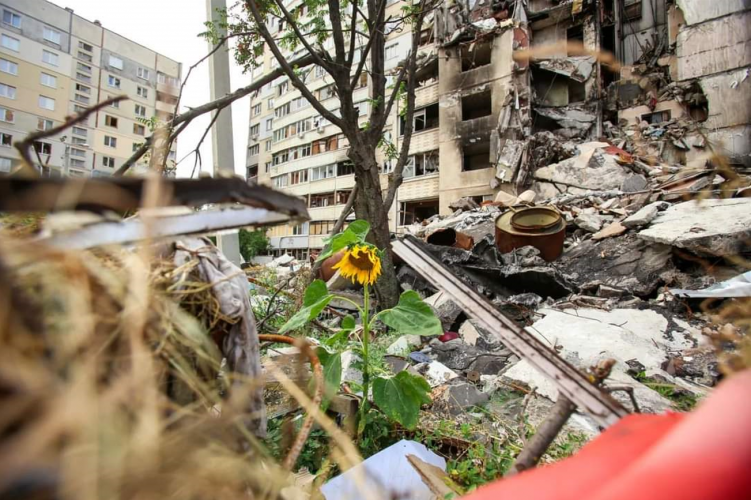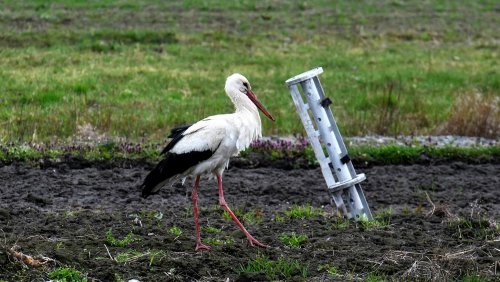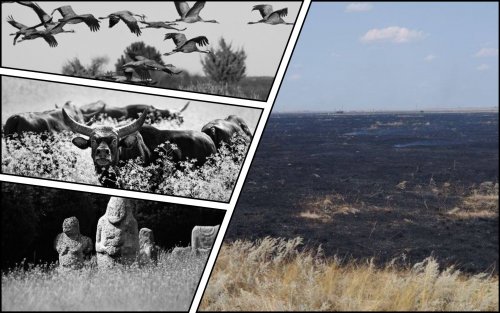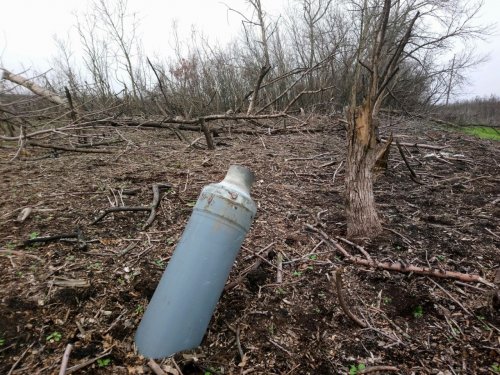The Verkhovna Rada (VR) adopted an appeal to the international community with a request for the urgent formation under the auspices of international organizations of a special body for environmental monitoring and ensuring its work in Ukraine.
The body will investigate already recorded environmental and related crimes and will have a UN mandate to carry out such actions, reports Ministry of Environment.
The press service emphasized that Russian troops use terrorist methods and purposefully launch missile strikes on nuclear and thermal power plants and dams, violating the basic principles of international law.
Ukraine continues to attract international support for post-war environmental restoration:
- the Minister of Environmental Protection and Natural Resources of Ukraine Ruslan Strilets discussed with the Minister of Environmental Protection of the Czech Republic Anna Hubachkova further directions of cooperation between the ministries;
- during a meeting with the Minister of Industry and Trade of the Czech Republic, Josef Sikela, Strelets emphasized that even despite the state of war, Ukraine is open to cooperation with international partners and continues to improve the investment climate;
- The shooter and the Ambassador of Egypt to Ukraine, Ayman Elgammal, discussed preparations for the UN Climate Change Conference COP27, which will be held in Egypt, and Ukraine's participation in this event.
Threats to nuclear and radiation safety
Russian troops continue to commit acts of nuclear terrorism at nuclear power plants in Ukraine.
On September 19, at 00:20, the Russian army launched a missile attack on the industrial zone South Ukrainian NPP in the Mykolayiv region. The powerful explosion, which occurred 300 meters from the reactor facilities, damaged the buildings of the NPP, breaking more than 100 windows. One of the hydro units of the Oleksandrivska HPP and 3 high-voltage power transmission lines were disconnected. All three power units of the PANPP are operating in regular mode.
September 21 shelling Zaporizhzhia nuclear power plant damaged the communication equipment of power unit No. 6 with the open switchgear of the ZNPP. As a result of the attack, the block transformer and transformers of the power unit's own needs were disconnected. Due to the loss of power, there was an emergency start of two diesel generators of the safety systems to ensure the operation of the fuel cooling pumps.
On September 15, the Governing Council of the IAEA, which consists of representatives of 35 UN member states, adopted a Resolution on the consequences of the situation in Ukraine in terms of safety, security and guarantees. It recognizes that the ongoing violent actions of the Russian Federation against nuclear facilities in Ukraine continue to pose serious and direct threats to the safety and security of the NPP and civilian personnel, thereby significantly increasing the risk of a nuclear accident or incident endangering the population of Ukraine, neighboring states and the international community.
On September 16, a convoy of 25 trucks of the Ukrainian state company Energoatom, having passed enemy checkpoints, reached Energodar. The company ensured the delivery of the spare parts needed as a matter of priority for the repair of damaged power lines and power units of the Zaporizhzhya NPP. The stock of chemical reagents necessary for the operation of the ZNPP was also replenished, and additional supplies of fuel were delivered to ensure the operation of diesel generators in the event of a power outage.
However, the situation at the Zaporizhzhia NPP continues to be a threat to global radiation safety.
Attacks on infrastructure and industrial facilities
On September 15, Russian troops:
- launched a rocket attack at an industrial enterprise in Kryvyi Rih;
- hit with rockets an infrastructural object in the village of Chornomorka, the Mykolaiv region;
- launched a missile attack at an infrastructure facility in the Kirovograd region;
- damaged the premises of the thermal power plant in the Donetsk region.
On September 16, the occupiers:
- destroyed a warehouse of the farm in Berezneguvate, the Mykolaiv region, a fire broke out;
- fired at Ochakiv of the Mykolaiv region. As a result of the attack, there was no electricity and running water in some areas of the city.
On September 17, Russian troops:
- shelled the Slovyansk TPP, located in the town of Mykolaivka in the Donetsk region. A fire broke out on the territory of the station, damaging its equipment;
- attacked with missiles the Industrial district of Kharkiv. As a result of the strikes, a fire broke out at one of the enterprises;
- launched a missile attack on Chuguiv, the Kharkiv region, damaging a critical infrastructure facility, enterprises, houses, and a gas station;
- shelled Mykolaiv, causing damage to civilian infrastructure.
September 18:
- shelled settlements in the Kupyansk, Izyum, Chuguiv, and Kharkiv districts. Residential buildings, commercial buildings, and infrastructure objects were damaged by shelling;
- shelled and damaged a farm and grain warehouses in the Bilopolska community of the Sumy region.
On September 19, Russian troops:
- launched rocket attacks at infrastructure facilities in the Zaporizhzhia region;
- shelled the Nikopol district of the Dnipropetrovsk region, destroying, among others, a solar power plant with more than 300 solar panels;
- shelled and damaged the workshops of the Avdiyivka Coke Chemical Plant.
On September 20, the occupiers launched a rocket attack at an infrastructure facility in the Chuguiv district of the Kharkiv region and shelled and damaged a baking plant bakery in Nikopol, the Dnipropetrovsk region.
September 21:
- launched a missile attack at an infrastructure facility in the city of Zaporizhia;
- launched 8 rockets and 35 air strikes at the Donetsk region, in particular, destroying buildings in Kurakhove and Toretsk.
Pollution directly caused by hostilities
According to the State Emergency Service, from February 24 to September 19, 2022, 202,857 explosive objects, including 2,110 aerial bombs, were defused on the territory of Ukraine. The territory with an area of 70,856 hectares was surveyed.
According to information announced by President Volodymyr Zelenskyi, since the beginning of the full-scale invasion, Russian troops have fired more than 3,800 missiles into Ukraine.
On September 20, Russian troops shelled the village of Ozerne in Donetsk region with prohibited phosphorus munitions.
"The use of phosphorus bombs leads to chemical soil pollution. Phosphorus compounds can remain in the ground for several years, and an excess of phosphates in the soil dramatically harms the growth and development of flora and fauna in the hostilities zone," the report said.
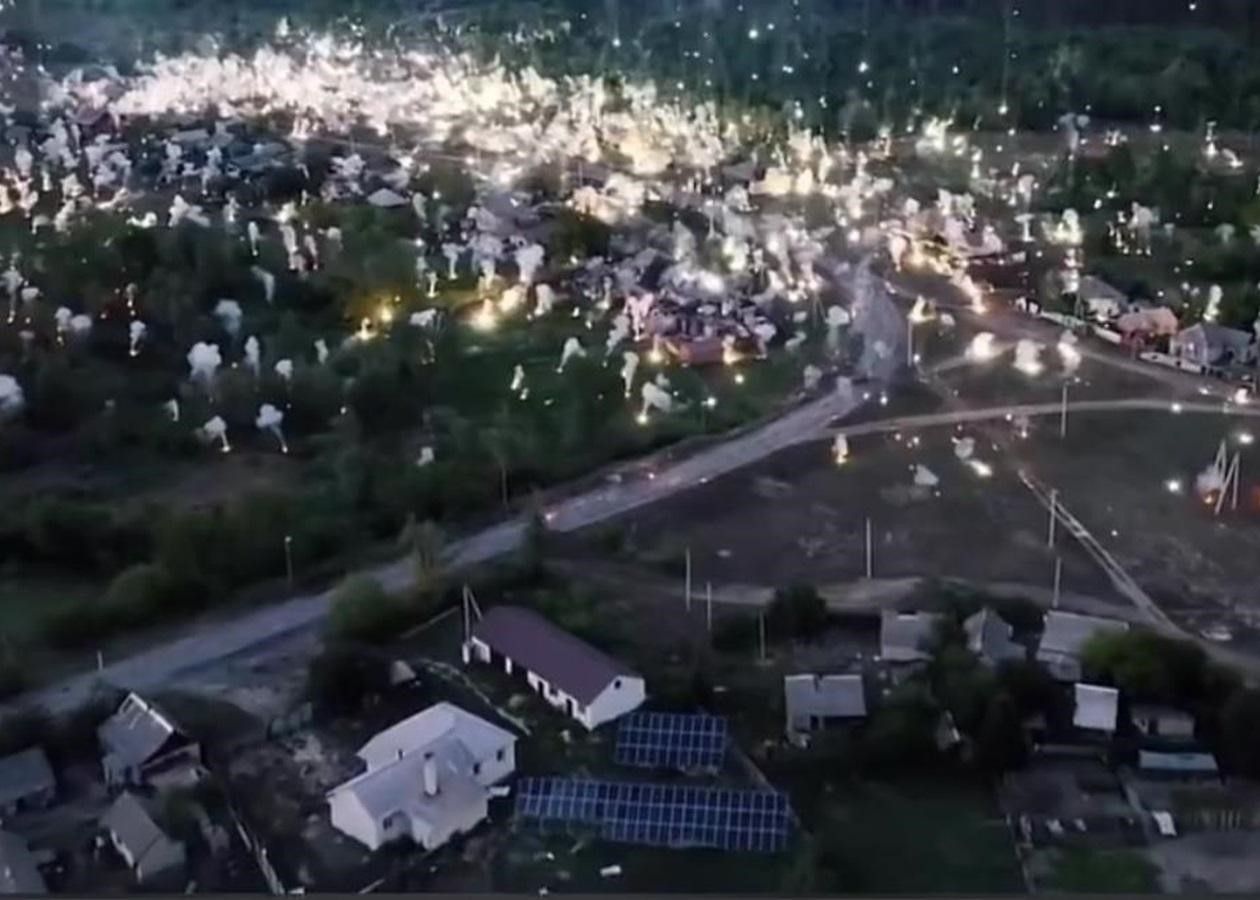
According to the KSE Institute report, since the beginning of the full-scale war of Russia against Ukraine, at least 15,300 multi-apartment buildings, 115,900 private houses, 44 social centers, 1,118 secondary education institutions, 1,991 shops, 593 pharmacies, 188,100 private cars, 9,500 buses, 492 trams and trolleybuses, 978 medical facilities, 511 administrative buildings have been damaged, destroyed or captured.
"The destruction of buildings and settlements leads to environmental pollution with construction debris and asbestos. The consequences of such pollution for the environment will be felt for years," the press service of the Ministry of Environment explained.
Pity the nature reserves and protected ecosystems
According to the SEI report, 3,708 hectares of the protected area of the Kinburn Peninsula in the Mykolaiv region burned down due to Russian military activities. The total damage to the atmosphere caused by these fires is over UAH 15.63 billion.
Also, in the steppe reserve of Askania Novy, Russian planes are kept at low altitudes to avoid being hit by Ukrainian air defenses. This scares ungulates very much and causes them to panic, some animals are injured.
Damage to water resources
On September 15, the Russian military launched a second missile attack on hydrotechnical structures in Kryvyi Rih.
Due to the attack, the water in the Ingulets River temporarily turned red and brown. It was potentially caused by hematite, an iron mineral, present in the local soil, rocks, and materials used to construct a dam. The unusual color of the water in the Ingulets River is gradually decreasing. The preliminary results of water samples taken on September 16 in the Ingulets River within the city of Kryvyi Rih, based on 13 indicators, show that the water quality is within the normative values for drinking needs in the three samples taken.
As a result of missile strikes on the dam of the Pecheneg reservoir in the Kharkiv region, there is a threat of the dam collapsing, which could lead to catastrophic flooding of downstream areas.
As EcoPolitic reported before, Deputy Minister of Environmental Protection and Natural Resources Yevgeny Fedorenko stated that the estimated amount of damage caused by Russian troops to the nature of Ukraine is already has reached $35 billion and is growing every day.

